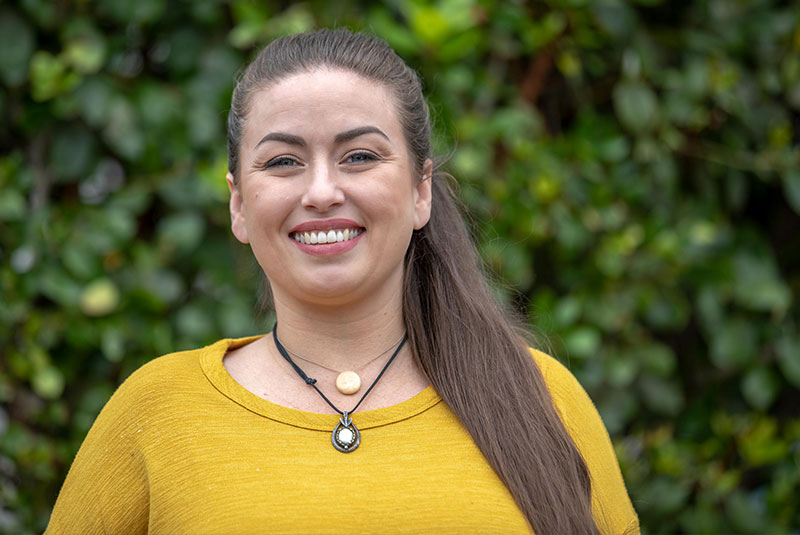


Affecting nearly half of the adults aged 30 and above, periodontal disease targets the gum tissue and bone-supporting teeth. The main culprit is plaque, a sticky combination of food debris, bacteria, and saliva from poor oral hygiene. When plaque accumulates at the gum line, it hardens into calculus (tartar), necessitating professional dental cleaning for removal.
If left untreated, gum infection can escalate into periodontitis, characterized by deep pockets forming between gums and teeth, potentially leading to tooth loss. Petaluma Valley Dental in Petaluma, CA offers effective treatments for periodontal disease, ranging from addressing gingivitis to advanced cases. We provide minimally invasive laser gum disease treatment for eligible patients, ensuring comprehensive care for your oral health needs.


Addressing gingivitis promptly is crucial to prevent further damage to your soft tissue, underlying bone, and teeth.
At Petaluma Valley Dental in Petaluma, CA, our approach to treating periodontal disease is tailored to your condition’s specific type and severity. Addressing gingivitis promptly is crucial to prevent further damage to your soft tissue, underlying bone, and teeth.
We understand that financial considerations shouldn’t hinder you from receiving the necessary treatment. We collaborate with various third-party financing providers to accommodate your needs.
Crown lengthening is required when a tooth needing restoration is inaccessible and deep below the gum tissue. The procedure involves adjusting the gum tissue and bone level around the tooth to ensure secure crown placement. For cosmetic purposes, crown lengthening in Petaluma Valley, CA exposes more of the tooth surface to lessen the appearance of a gummy smile.
The first step in treating gum disease is a thorough two-part deep cleaning. Scaling removes plaque and tartar deposits below your gum line. Root planing involves creating a smooth surface for gum tissue to heal and reattach to your teeth.
When you have gum recession, this increases the risk of bacteria growth, tooth sensitivity, and decay that can infiltrate and infect tooth roots. During a gingival graft, a thin piece of tissue is taken from the roof of your mouth or another area to restore adequate gum tissue to the impacted area and cover the exposed portion of the root.
If gum tissue has pulled away from your teeth and created deep pockets at your gum line, you may be a candidate for a gingivectomy. Whether performed with tiny surgical tools or lasers, this procedure removes infected gum tissue and reshapes your gum line. Sometimes, we perform a gingivectomy in Petaluma Valley, CA to treat gummy smiles or an uneven gum line.
The lingual frenum is the tissue that connects the tongue to the bottom of your mouth, while the labial frenum connects your upper gums to your two front teeth. Often called tongue-tie surgery, a lingual frenectomy removes restrictive tissue to resolve nursing, eating, and speech issues in babies and toddlers. A labial frenectomy involves removing extensive tissue to help prevent front tooth gaps and future orthodontics.
Traditional gum grafts involve scalpels and sutures to treat gum recession. In contrast, the minimally-invasive Chao Pinhole® surgical technique only requires one tiny hole in your gum tissue. The gum tissue is gently loosened and repositioned through this hole with specialized tools to cover exposed tooth roots.
I understand the information disclosed in this form may be subject to re-disclosure and may no longer be protected by HIPAA privacy regulations and the HITECH Act.
